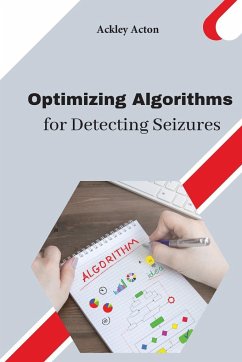(EEG) signals are commonly used to detect epileptic seizures, but the large volume of data involved and the complexity of these signals make it challenging to develop efficient and accurate detection algorithms. Optimizing algorithms for detecting seizures in EEG signals is a critical area of research in the field of epilepsy. Researchers and medical professionals are constantly Epileptic seizures are unpredictable and potentially life-threatening events that affect millions of people worldwide. Early and accurate detection of these seizures is crucial to ensure timely medical intervention and reduce the risk of complications. Electroencephalogram seeking new ways to improve the accuracy and efficiency of these algorithms. One approach to optimizing these algorithms is through the use of machine learning techniques. Machine learning algorithms are capable of learning patterns and relationships within large datasets, making them well-suited for the task of analyzing EEG signals. By training machine learning algorithms on large datasets of EEG signals, researchers can develop more accurate and efficient seizure detection algorithms. These algorithms can then be applied to real-world scenarios, such as in the monitoring of patients with epilepsy. Another approach to optimizing seizure detection algorithms is through the use of advanced signal processing techniques. Researchers can apply these techniques to extract meaningful features from EEG signals, which can then be used to develop more accurate and efficient detection algorithms. By combining machine learning techniques with advanced signal processing techniques, researchers can develop highly optimized seizure detection algorithms that are capable of accurately detecting seizures in real-time. In addition to the development of optimized seizure detection algorithms, researchers are also working to improve the hardware used in EEG signal acquisition. Advances in hardware technology can improve the quality and accuracy of EEG signals, which can in turn improve the accuracy and efficiency of seizure detection algorithms. Overall, optimizing algorithms for detecting seizures in EEG signals is a critical area of research in the field of epilepsy. By developing highly accurate and efficient seizure detection algorithms, medical professionals can improve the quality of life for patients with epilepsy and reduce the risk of complications associated with epileptic seizures.








